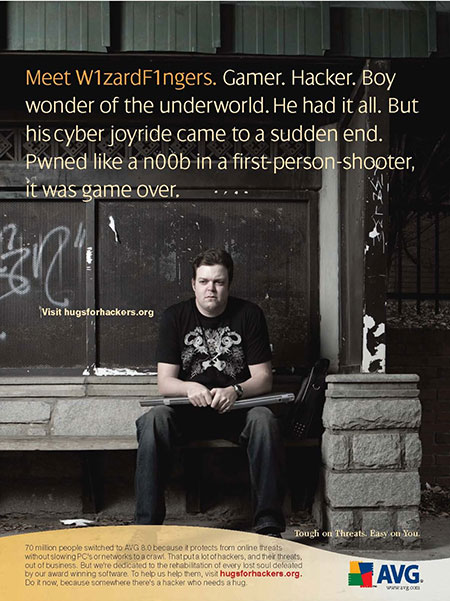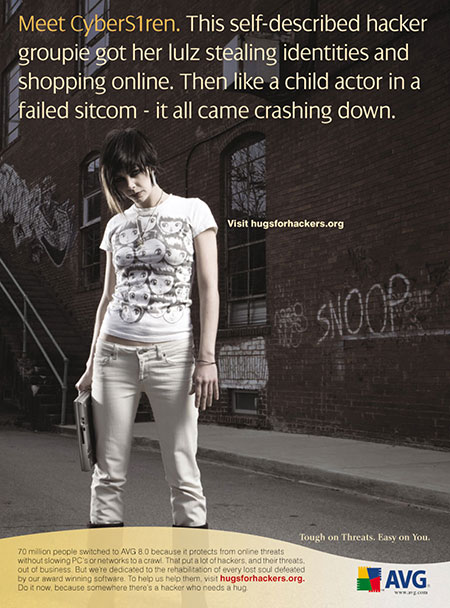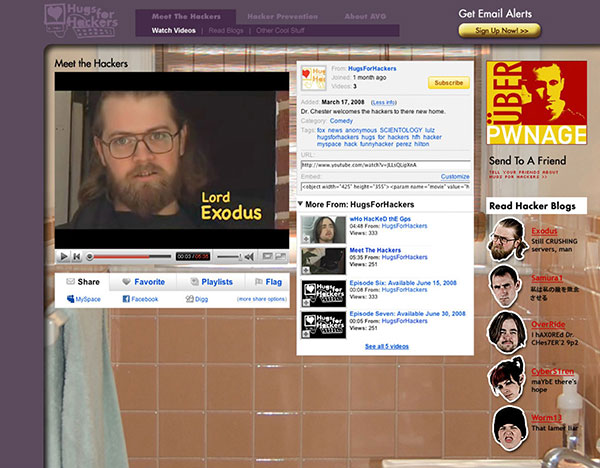
Nov
INTERVIEW WITH AN AMBITIOUS B2B MARKETER. VOLUME 5
Shonodeep Modak / CMO of North America, Schneider Electric
Shonodeep is the CMO for Schneider Electric’s $7B North American business segment. In that capacity he is responsible for accelerating Brand-to-Order transformation for increased brand awareness, customer digital engagement and revenue growth across their portfolio.
Schneider Electric is a global leader in the delivery and innovation of energy management and industrial automation solutions.
Digitent: We wanted to talk a little bit about “ambition.” People have different definitions but we would love to understand what role ambition has played in your journey.
Shonodeep: Early in my career ambition was driven around my desire to create an impact for the customer, and being able to do that in a way that can make a change in the world, the environment, and in people’s lives. I have chosen my positions and companies with that in mind; I began my career at ExxonMobil and then moved to GE, and now Schneider Electric. All those companies have a big impact on our world, so the ambition that drove me was to have a greater influence on that customer benefit and the benefit of world where we live.
While I was at ExxonMobil I helped lead the rebranding of a fuel-economy improving motor oil that would help reduce emissions and improve fuel economy by up to 2%. Imagine the scale across all the cars if there were more people that used this product. When I moved into GE, my first role was developing our biogas energy segment, which essentially transforms waste from cows or people’s trash into renewable energy. I co-founded an industry association, American Biogas Council, which to this day helps promote and remove the barriers for these types of projects.
Now, at Schneider Electric, I can enable the IOT transformation proven portfolio of solutions known as EcoStruxure, that drive efficiency through energy management and automation in buildings and utilities. That’s what that you could say continues to spark my ambition.
Digitent: Do you feel that ambition is a teachable thing, and in leading your organization, what kind of traits do you look for within your people, and how do you help them succeed?
Shonodeep: The two traits I look for are an analytical aptitude and a curious energy because these are two essential ingredients in the magic formula to make successful marketer that drives impact. Looking at analytics to drive insight is key, and I try to look for the ability to think analytically, being able to analyze and really interpret data powered by the inherent ability to be curious. These are somewhat teachable, but also are driven within you. If that DNA exists, I like to nurture it into skill sets that are in marketing capabilities that can be learned, but those are two things that I passionately feel one should have coming in.
Digitent: You mentioned helping Schneider Electric on their digital transformation. Have you identified some of the top ambitions for your own marketing organization?
Shonodeep: Digital transformation is a huge thing for us and it’s globally across all of Schneider Electric, both on the product and offering side as well as on the marketing side, which I’ll focus on.
There’s a lot that we’re doing around how people search and find our products, and then how we are engaging customers on the web. More and more of the buying decision is made online, versus in a meeting room and we’re trying to do a lot around the vitality of our product launches. Really developing a “vitality index” and determining how the offerings we launch are being engaged with in the marketplace through the digital metrics we gather.
We’re doing a lot in terms of the transformation around using marketing automation to help us engage, and score their level of engagement and connectedness with ourselves and our customers. Then after the sale we’re doing a lot with our customer excellence team on how we really understand the experience of the customers feeling when they’re using the product and when they’re trying to get help from us, and measuring the satisfaction of customers both on the web and offline. Schneider Electric is well on their way, but we just have to keep accelerating.
Digitent: You did mention some of the KPI’s that you look at, the engagement scores, the returns. How else is your marketing organization success measured?
Shonodeep: It’s an approach called Brand-to-Order, and it was created by our global CMO a few years back. The way it’s structured is very simple, and broken into three areas: brand, connected customers, and marketing influence.
Brand is essentially our share of voice, and we measure it by if a member mentions certain key words that we use.
Connected customers is how many customers are engaging us on a repeated basis. It’s not just that you have an email address, it’s that there’s a connection point to email, and that you know somebody is engaging your content and your products.
The last metric is marketing influence, that is, what percent of the orders are we influencing. We do that through many different ways, like what are we influencing directly that our team actually generates the lead? What do we hand over to sales or customer service team? What do we influence through our e-commerce activity, and then finally, what are we doing with our channel partners as well. I really like it because we’re using the metrics to help drive the right decision and also show the impact of marketing.
Digitent: Are there particular marketing challenges that keep you up at night?
Shonodeep: I think some of the biggest challenges that we face is really making customers understand how our solutions impact them. In this case for any digital, industrial company the challenge has been breaking through all the noise that’s out there. Especially when it comes to IOT and showing the customers that there really are great stories here, and making it real for them and engaging them, and making it feel personable is one of the biggest challenges. I think as more and more other industrial B2B companies get up to speed, there’s going to be more and more noise that’s going to be happening. When people try to engage in a similar fashion, it’s broken through the old ways and we just have to keep on staying at the cutting edge where we’re engaging in dialogues and where our messages are getting heard. That’s what really keeps me up. And I feel like today we are very good at talking about our products and offerings, but not the necessarily what the customers’ own dialogue is. I think we need to be listening more to what’s happening and what their dialogues are and using that insight to help tap into and make it resonate better versus just call and shouting more at them. I think we need to be listening.





